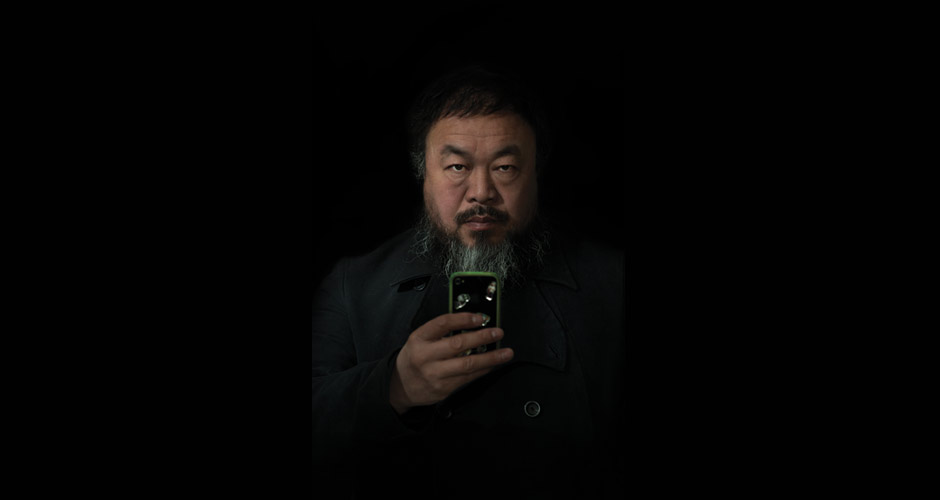While China’s rise in the ranks of major world powers is occurring during an age of digital media saturation, many of the actions taken by its government still remain a mystery to China’s citizens and the rest of world.
Disillusioned by his government, Chinese artist and dissident Ai Weiwei uses his craft and the internet to send his powerful political messages. His exhibition According to What? is among some of his most controversial works, which was inspired by the 2008 Sichuan earthquake. The government initially concealed information of the deaths of 5,000 children during the earthquake, until Ai’s exhibition listing the names of each child held it to account. He is also noted for the intricate exhibition Sunflower Seeds displayed at Tate Modern in 2010, and for his prolific use of Twitter. Since being told last year that he was unable to leave China without permission from the government, Ai himself became just as symbolic as his art.
The above portrait of a sinister-looking Ai wielding a smartphone was taken by photographer Stefen Chow for Smithsonian magazine. It ran alongside a story that questioned whether Ai could be China’s most dangerous man. One of the most striking photographs to appear in the media during 2012, the portrait came second in the Staged Portrait Single category of the 56th World Press Photo Contest. The image, alongside a selection other photographs from the contest, is part of the World Press Photo exhibition currently being displayed in galleries around the world. The Brisbane leg of the World Press Photo tour is at Brisbane Powerhouse from June 1–23.
Image: Ai Weiwei by Stefen Chow, Malaysia, for Smithsonian magazine

